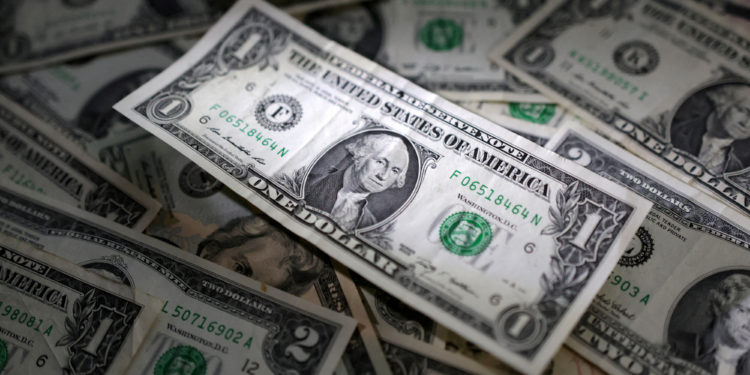Becoming a global currency meant that the US dollar would be accepted for trade worldwide. The US dollar achieved that status way before the Bretton Woods conference. World War I 1914-1918 saw the US become a substantial international creditor. This meant that the loans in dollars from the US to European nations affected by the war ended up as foreign reserves in European nations’ central banks.
Furthermore, European industries were still healing from the impacts of the war, which meant that imports from the US had to be bought to meet the prevailing demand. Rather substantial holdings of dollars backed up this demand.
The US dollar’s status as the world reserve currency has had benefits and costs to the US and the world economy. For starters, the US can comfortably borrow from other nations (in dollars) and just print more dollars upon the loans’ maturity. Additionally, given that the dollar is the world reserve currency and has high demand, the US government is able to borrow money at lower interest rates than other countries. The US has also benefited from reduced exchange risk because the reserve status of the US dollar means that other countries hold significant reserves of the currency, reducing exchange rate risk for the US and increasing the currency’s value.
The status of the US dollar as a world reserve currency has also made it possible for US companies to sell their products both at home and abroad at high prices and accept dollars for the same. The fourth benefit that the US has enjoyed from having the dollar as a global reserve currency is that it has been able to exert economic influence on other nations.
The costs have been felt largely by the rest of the nations. One of the costs has been that there has been a greater general feeling that the US has often times misused the dollar by issuing notes without control, thus causing inflation in its trading partner countries such as India. The second cost proceeds from the fact that the US has been using its economic influence to dictate other countries’ political and economic status. The most recent example is the start of the Russia-Ukrainian war in February 2022, when the US prohibited American dollar transactions with the Russian Central Bank and fully blocked the Russian direct investment fund, which meant that Russia could no longer use its US reserves.


















